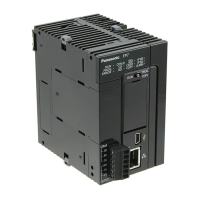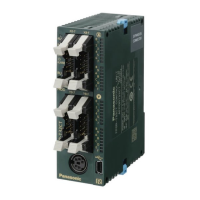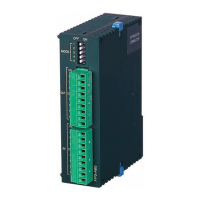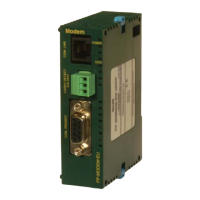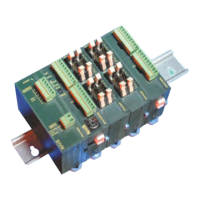2.5 Explanations about Relays
2.5.1 X External input
■
How external input (X) works
● External input is used to feed signals to the programmable controller from an external input
device such as a limit switch or a sensor connected to an input point.
■
Usage restrictions
● External inputs that are not allocated cannot be used.
● The ON/OFF state of external inputs cannot be changed by an operation (program).
● There is no limit to the number of times it can be used in a program.
2.5.2 Y External output
■
How external output (Y) works
● External output is used to send the results of the program operations as signals to the loads
connected to output points (e.g. relays, solenoids). The ON or OFF state of an external
output is sent as a control signal.
■
Usage restrictions
● External outputs that are not allocated can be used as internal relays. (However, they cannot
be specified for hold-type devices.)
● When used as contacts, there are no restrictions on the number of times that can be used.
● As a rule, when you specify the relay as the output destination of operation results (using OT
and KP instructions), the specification is limited to once in a program. (To prevent duplicate
output)
● You can also enable duplicate output using the setting for Select operation>Duplicate
output authorization in the "CPU configuration" dialog box using the tool software FPWIN
GR7.
● Use in the SET or RST instruction is not regarded as duplicate output.
● Even when a project total check is conducted using the tool software FPWIN GR7, the
instruction used at the start is not indicated. Instead, the second and later outputs that are
regarded as duplicate use are indicated.
2.5 Explanations about Relays
WUME-FP7CPUPGR-12 2-17

